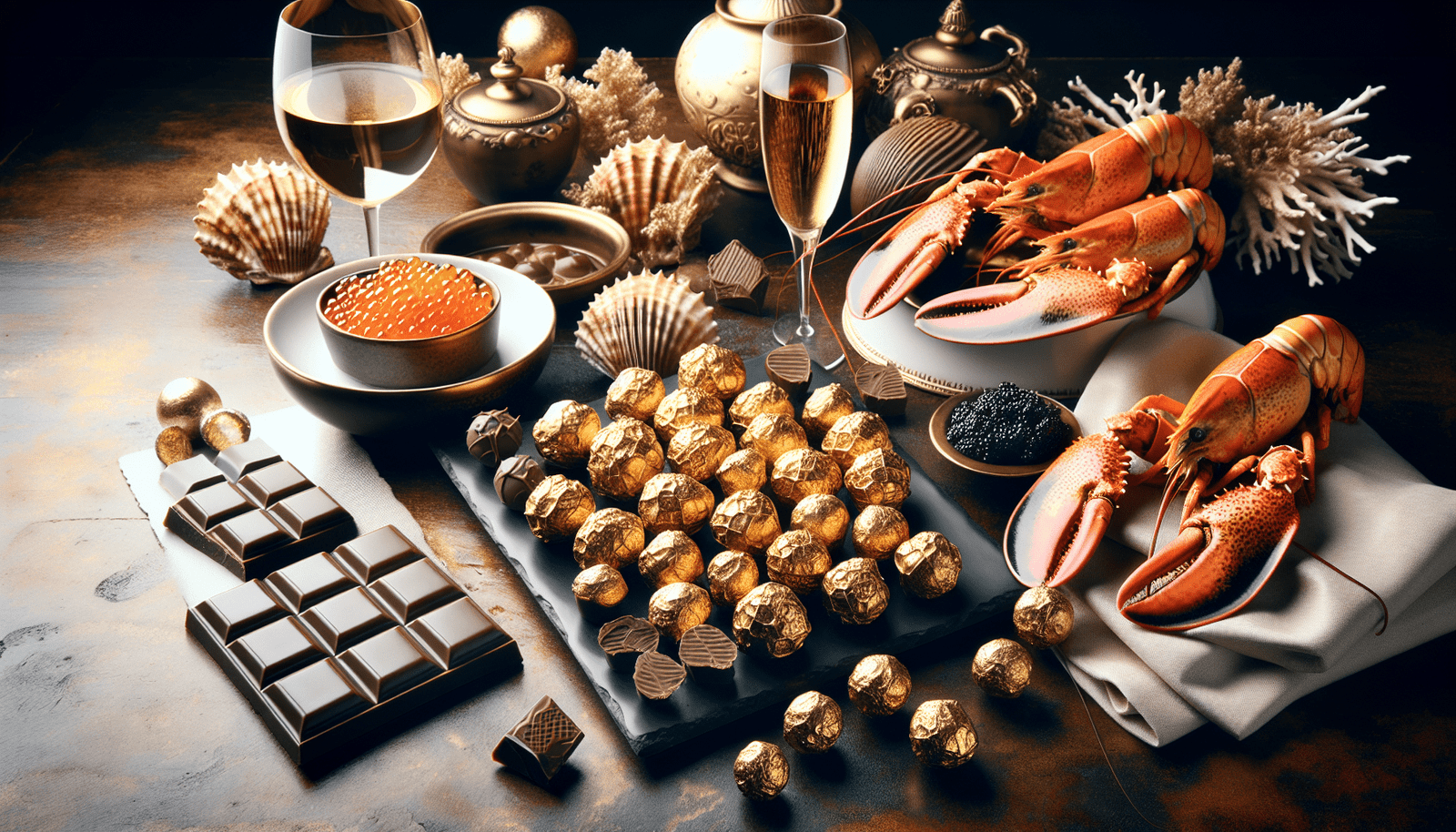Indulge in the exquisite experience of exploring the world of luxurious foods, where the allure of culinary delights and opulent flavors await you. From the decadence of black truffles to the lusciousness of caviar, these delicacies have long been regarded as symbols of affluence and refinement. But why limit such indulgence to special occasions? Discover how you can savor these luxurious foods on a regular basis, transforming your everyday dining experience into a feast fit for royalty. Let your taste buds embark on a journey of pure indulgence, as you learn how to elevate your meals with a touch of luxury.
Caviar
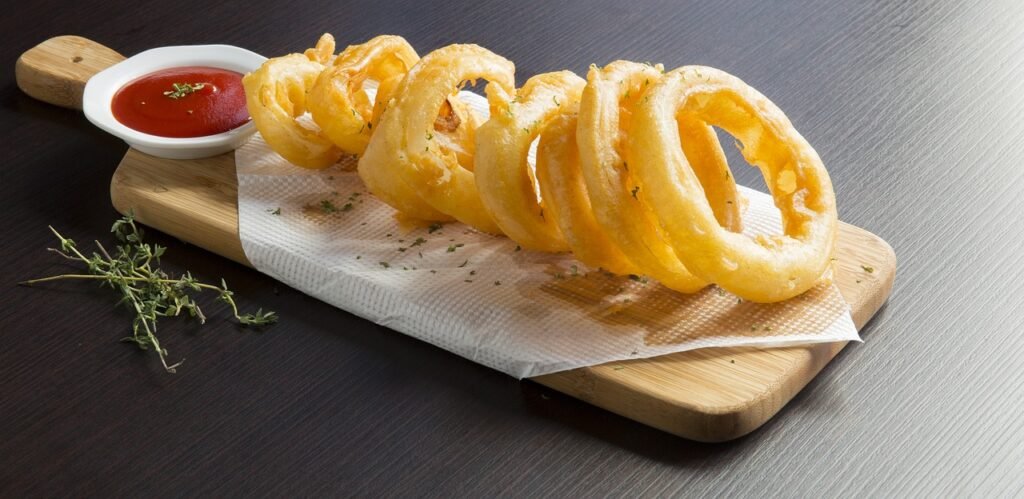
Introduction to caviar
Caviar, often referred to as the epitome of luxury, is a delicacy that has been enjoyed for centuries. Derived from the roe of sturgeon fish, this exquisite treat is known for its unique texture and rich, briny flavor. The indulgence of caviar is not just limited to its taste, but also its high price tag, making it a symbol of prestige and sophistication.
Different types of caviar
There are various types of caviar available, each with its own distinct qualities and origins. Beluga, known for its large, lustrous beads, is revered as the most expensive and rarest caviar. Osetra caviar, with its golden or dark brown eggs, offers a slightly nutty flavor and is considered a luxurious choice. Sevruga caviar, on the other hand, boasts small, glossy pearls and a robust flavor profile.
How to enjoy caviar
To fully savor the luxurious experience of caviar, it’s important to know how to enjoy it properly. Traditionally, caviar is served chilled on a bed of crushed ice or in a delicate mother-of-pearl spoon to preserve its delicate taste. It is typically enjoyed on its own, allowing the unique flavors to be appreciated on the palate. However, for those who prefer to enhance the experience, caviar can also be enjoyed with blinis, a type of Russian pancake, or lightly toasted bread, paired with a dollop of crème fraîche.
Pairing caviar with other foods
Caviar’s delicate and nuanced taste allows it to pair exceptionally well with certain foods and beverages. Champagne is a popular choice for pairing, as the crisp bubbles and acidity complement the richness of the caviar. Vodka, specifically Russian or Polish varieties, is another popular option, as it helps to cleanse the palate between bites. Additionally, caviar can be paired with buttery, mild-flavored foods such as boiled potatoes, scrambled eggs, or smoked salmon, creating a perfect balance of textures and flavors.
Truffles
Introduction to truffles
Truffles, often referred to as the “diamonds of the kitchen,” are prized for their earthy aroma and unique flavor. These rare fungi grow underground, usually in close association with the roots of certain tree species. Truffles have been regarded as a luxurious ingredient for centuries and are highly sought-after by chefs and gourmands around the world.
Black truffles vs. white truffles
There are two main varieties of truffles that dominate the culinary world: black truffles and white truffles. Black truffles, also known as Périgord truffles, have a robust, intense flavor profile with notes of chocolate, earth, and garlic. On the other hand, white truffles, predominantly found in Italy, offer a more delicate aroma and a complex flavor profile with hints of garlic, cheese, and honey.
Ways to use truffles in dishes
Truffles can be used in a variety of ways to elevate the taste and presentation of a dish. Shaved truffles can be added as a finishing touch to risottos, pastas, or creamy sauces, imparting their distinct flavor and aroma. Truffle oil, a more affordable alternative to fresh truffles, can be drizzled over salads, roasted vegetables, or popcorn for an instant burst of truffle essence. Truffle-infused butter or salt can also be used to enhance the flavors of simple dishes such as scrambled eggs or mashed potatoes.
Pairing truffles with other ingredients
Pairing truffles with complementary ingredients can truly enhance their unique taste. For an extravagant treat, try combining truffles with other luxurious ingredients like foie gras, lobster, or Wagyu beef. The earthiness of truffles complements the richness of these ingredients, creating an indulgent and unforgettable culinary experience. Truffles can also be paired with mild, creamy cheeses like brie or camembert, allowing the flavors to meld together harmoniously.
Foie Gras
What is foie gras?
Foie gras, meaning “fatty liver” in French, is a luxuriously rich and velvety delicacy made from the liver of specially fattened geese or ducks. This centuries-old culinary tradition involves a unique feeding process known as gavage, where the birds are fed a controlled diet to produce the desired level of fat accumulation in the liver. The result is a melt-in-your-mouth texture and a luxurious, buttery flavor.
Different grades of foie gras
Foie gras comes in various grades, each offering a distinct quality and taste. The highest grade is known as “La Belle Rouge,” which represents the most sought-after and exceptional foie gras. This grade is characterized by its smooth texture, delicate flavor, and a deep, golden color. Other grades, such as “Entier” and “Bloc,” are also available, offering a slightly different texture and flavor intensity.
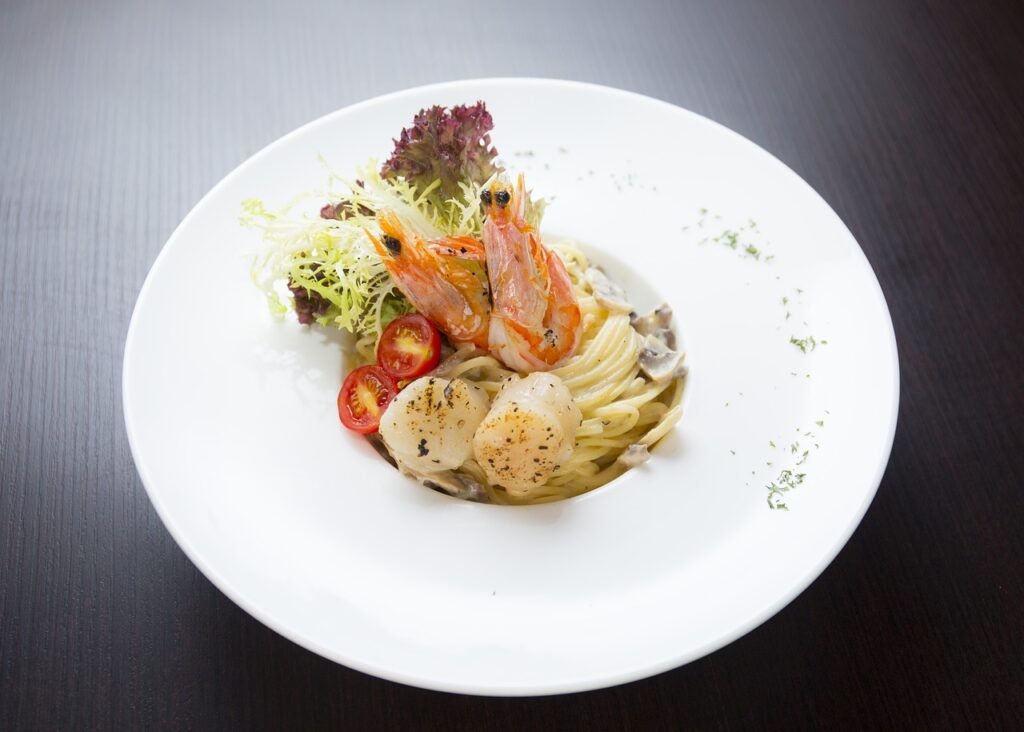
Cooking and serving foie gras
Foie gras can be prepared and enjoyed in several ways, depending on personal preferences. Common cooking methods include searing, poaching, or even enjoying it raw as a pâté. When seared, foie gras develops a golden crust while maintaining its delicate interior. It is typically served in thick slices or as a whole lobe to showcase the decadent texture and flavor. Foie gras pairs well with contrasting flavors such as sweet fruit compotes, tangy sauces, or toasted brioche.
Pairing foie gras with accompaniments
Foie gras pairs beautifully with a variety of accompaniments, enhancing its luxurious taste and texture. Sweet ingredients like figs, caramelized onions, or balsamic reduction provide a delightful balance to the richness of foie gras. The tartness of berries or cherries can also cut through the richness, adding a vibrant contrast. Additionally, a glass of Sauternes, a sweet dessert wine, serves as a classic pairing, as its honeyed sweetness complements the complex flavors of foie gras.
Wagyu Beef
Overview of Wagyu beef
Wagyu beef, renowned for its exceptional marbling and tenderness, is often regarded as the pinnacle of beef quality. Originating in Japan, this luxurious meat comes from a specific breed of cattle that receives intensive care and a specialized diet. The result is a unique flavor and melt-in-your-mouth texture that distinguishes Wagyu beef from other types of beef.
Different cuts of Wagyu beef
Wagyu beef offers a variety of cuts, each with its own characteristics. The most famous cut is the Kobe beef, which comes from a specific breed of Wagyu cattle raised in the Hyogo Prefecture in Japan. Other cuts include ribeye, striploin, tenderloin, and sirloin, each providing a different balance of flavors, marbling, and tenderness.
Cooking techniques for Wagyu beef
To fully enjoy the luxurious qualities of Wagyu beef, it is important to use the right cooking techniques. Due to its high fat content, Wagyu beef cooks differently than traditional beef. It is best to cook it over high heat for a short period, allowing the marbling to melt and infuse the meat with flavor. Whether grilling, pan-searing, or broiling, it is essential to monitor the cooking process closely to achieve the desired level of doneness and preserve the tenderness.

Enhancing the flavor of Wagyu beef
While Wagyu beef is incredibly delicious on its own, there are several ways to enhance its flavor. Infusing the meat with aromatics such as garlic, thyme, or rosemary before cooking can add a subtle depth of flavor. Lightly seasoning with salt and pepper is often sufficient, as the meat itself provides ample flavor. For a more indulgent experience, serving with a flavorful sauce, like a red wine reduction or a creamy truffle-infused sauce, can take the dish to another level of decadence.
Lobster
Introduction to lobster
Lobster, often associated with elegance and indulgence, is a prized delicacy from the sea. With its sweet, succulent meat and striking appearance, lobster has been enjoyed by aristocrats and food enthusiasts for centuries. Whether served whole, as tails, or in various dishes, lobster offers a delightful taste and a touch of opulence to any meal.
Different types of lobster
There are various types of lobster found worldwide, with each type having its own distinct characteristics. The Maine lobster, also known as the American lobster, is one of the most well-known varieties and offers a slightly sweet flavor. The spiny lobster, commonly found in the Caribbean and Mediterranean, has a unique taste similar to a mix of shrimp and crab. The rock lobster, with its meaty texture, is often used in Asian cuisine and is prized for its versatility.
Cooking lobster to perfection
Cooking lobster requires delicacy and precision to ensure the meat remains tender and flavorful. There are several methods to cook lobster, including boiling, steaming, and grilling. Boiling is the most traditional method and involves gently simmering the whole lobster until the shell turns bright red. Steaming is another popular technique, which helps retain the lobster’s natural moisture. Grilling lobster adds a smoky flavor and enticing char marks on the shell, enhancing the overall taste experience.
Accompaniments and sauces for lobster
To complement the exquisite flavors of lobster, various accompaniments and sauces can be served alongside. Clarified butter is a classic choice, providing a rich and velvety dipping option. Lemon wedges add a refreshing tang that cuts through the richness of the meat. Additionally, lobster pairs exceptionally well with garlic-infused butter, tangy hollandaise sauce, or a vibrant herb aioli. Served with a side of roasted vegetables or a simple salad, these accompaniments elevate the dining experience to new heights.
Oysters
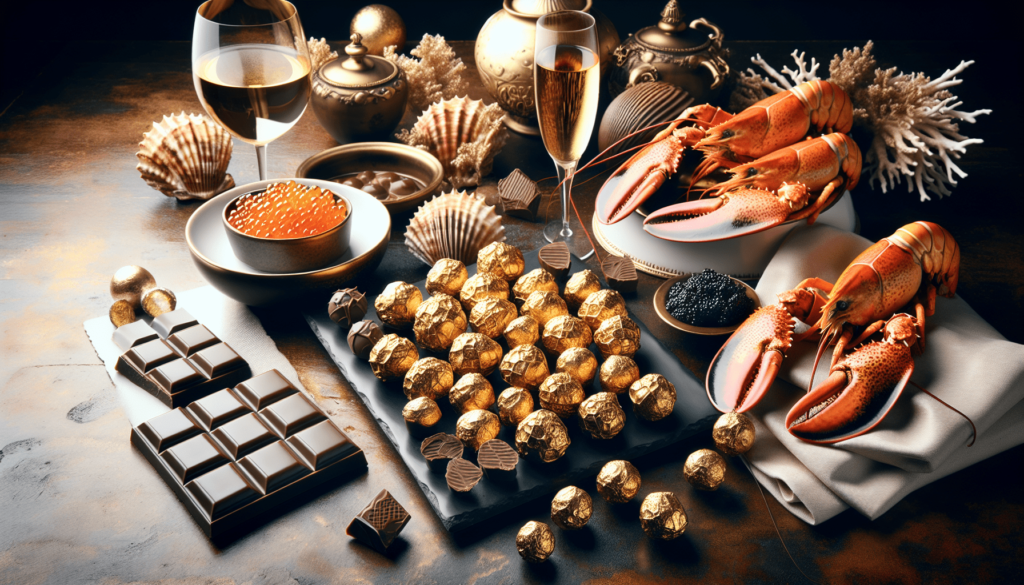
Introduction to oysters
Oysters, often referred to as the “jewels of the sea,” have been savored by seafood enthusiasts for centuries. They are known for their unique flavors and delicate texture, offering a taste that is simultaneously briny, sweet, and refreshing. Oysters are a symbol of luxury and are highly sought after for their rarity and culinary value.
Varieties of oysters
There is an incredible diversity of oyster species, each originating from different regions and offering distinct taste profiles. East Coast oysters, such as the Blue Point and Wellfleet varieties, are characterized by their briny and mineral-rich flavor. West Coast oysters, like the Kumamoto and Olympia varieties, are generally more petite and boast a milder, sweeter taste. European oysters, including the Belon and Gillardeau varieties, offer a more pronounced mineral flavor.
Serving and enjoying oysters
To fully enjoy the luxurious experience of oysters, they should be served fresh and properly shucked. Oysters can be consumed raw on the half shell or lightly cooked to enhance their flavors. When raw, they are typically served on a bed of crushed ice with lemon wedges and a shallot mignonette sauce. A small fork or even slurping them directly from the shell allows you to savor the delicate texture and briny taste. For those who prefer a warm preparation, oysters Rockefeller, baked with a rich blend of spinach, butter, and breadcrumbs, offers a delectable twist.
Pairing oysters with beverages
The delicate taste of oysters pairs exceptionally well with a range of beverages. Champagne or sparkling wine is a classic choice, as the effervescence and acidity help cleanse the palate between bites. For those who prefer a white wine, a crisp and mineral-driven variety, such as Sauvignon Blanc or Chablis, complements the brininess of the oysters. Alternatively, a light, citrusy beer or a zesty gin and tonic can provide a refreshing contrast. Cultivating the perfect pairing helps elevate the overall oyster experience to new heights.
Kobe Beef
Understanding Kobe beef
Kobe beef, widely regarded as the crème de la crème of beef, originates from the Hyogo Prefecture in Japan. This highly prized meat comes from a specific breed of Wagyu cattle that is raised using traditional methods and a strict diet, resulting in unparalleled tenderness and marbling. The superior quality and meticulous production process of Kobe beef make it one of the most expensive and exclusive forms of beef around the world.
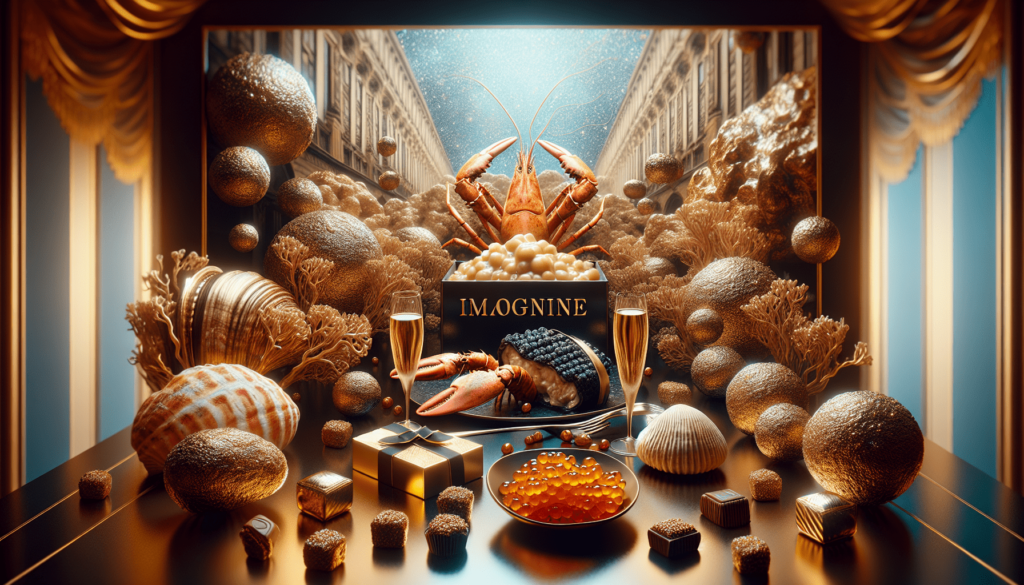
Quality grading of Kobe beef
Kobe beef is graded based on several factors, including marbling, color, texture, and overall appearance. The highest-quality Kobe beef is awarded an A5 rating, signifying the superior quality of marbling and tenderness. The grading scale ranges from A1, indicating lower marbling and tenderness, to A5, representing the pinnacle of Kobe beef quality. The higher the grade, the more luxurious the dining experience becomes.
Preparing Kobe beef at home
While dining at a high-end restaurant is often the best way to experience Kobe beef, it is possible to prepare this luxurious meat at home. When cooking Kobe beef, it is important to let the natural flavors shine through. Simply season the meat with a sprinkle of sea salt and freshly ground black pepper to enhance its inherent taste. Because of the high fat content, Kobe beef is best cooked over high heat for a short duration to ensure the marbled fat melts evenly, resulting in a succulent and flavorful steak.
Creative Kobe beef recipes
Kobe beef’s exceptional quality and tenderness make it a versatile ingredient that can be used in various recipes. From classic preparations like Kobe beef burgers and steak frites to more adventurous dishes like Kobe beef tartare or beef carpaccio, the rich and buttery flavor of this meat lends itself to endless possibilities. Whether grilling, pan-searing, or incorporating it into a fusion-style dish, Kobe beef serves as the star ingredient that elevates any culinary creation.
Caviar-Based Dishes
Exploring caviar-based dishes
Caviar is not limited to being enjoyed simply on its own. It can be incorporated into a wide range of dishes, adding a touch of elegance and sophistication. From appetizers to main courses and even desserts, caviar can elevate any dish into a luxurious experience.
Caviar-topped appetizers
Caviar can be used to add a luxurious touch to various appetizers. Classic blinis, small Russian pancakes, provide the perfect canvas for caviar, enhancing the taste and texture of both components. Toast points or canapés topped with caviar and crème fraîche create a delightful combination of creamy and briny flavors. For a unique twist, caviar can also be used to garnish deviled eggs, providing a burst of richness and flavor.
Caviar in main courses
Caviar can be a luxurious addition to main courses, elevating the overall dining experience. It can be paired with seafood delicacies like scallops or lobster, adding a layer of complexity and elegance to the dish. Caviar can also be incorporated into pasta dishes, such as creamy linguine or risotto, where it adds a pop of flavor and a visually stunning element. Additionally, caviar can be used to top sushi rolls or sashimi, enhancing the umami flavors and creating a truly indulgent sushi experience.
Caviar desserts and cocktails
Caviar’s unique taste and texture can even be incorporated into desserts and cocktails for a surprising twist. Caviar is known for its saltiness, which can complement the richness and sweetness of desserts like chocolate mousse or crème brûlée. The contrast between the salty caviar and sweet dessert creates a harmonious balance of flavors. In cocktails, caviar can be used as a garnish or added directly to the drink, providing a burst of briny flavor that enhances the overall taste experience.
Decadent Desserts
Indulgent chocolate desserts
Indulging in luxurious desserts is an exquisite way to treat yourself. Chocolate desserts, in particular, can provide a sinful and decadent experience. From rich and velvety chocolate mousse to molten lava cakes with a gooey center, there are endless possibilities to explore. Chef-crafted chocolate truffles, dusted with cocoa powder or adorned with edible gold leaf, are a true testament to the artistry of dessert-making.
Exquisite pastry creations
Pastry creations are a true testament to the skills and artistry of pastry chefs. Delicate and flaky croissants, intricate layered mille-feuille, and featherlight macarons are just a few examples of the exquisite treats that can transport you to a world of luxury. Pastry chefs may also incorporate luxurious ingredients like gold leaf, edible flowers, or exotic fruits to elevate the visual appeal and enhance the overall experience.
Luxurious ice cream flavors
Ice cream is a timeless treat that can be taken to new heights of luxury. Unique and indulgent flavors such as saffron, black truffle, or lavender offer a sensory experience beyond the ordinary. Topped with edible gold flakes or coupled with a drizzle of artisanal honey, each spoonful becomes a celebration of flavor and opulence. It’s an opportunity to tantalize the taste buds and provide a moment of pure bliss.
Delicate macarons and truffles
Macarons, with their delicate meringue shells and luscious fillings, are a true delight for dessert enthusiasts. These small, colorful treats can be made with an array of flavors, from classic favorites like raspberry and pistachio to more extravagant combinations like rose-lychee or salted caramel. Truffles, on the other hand, offer a rich and intense chocolate experience. These bite-sized morsels of decadence often provide surprises with each bite, as they can be filled with liqueurs, spices, or even fruit preserves.
Luxury Spice Blends
Introduction to luxury spice blends
Spices have long been treasured for their ability to elevate the flavors of food. Luxury spice blends take this concept to new heights by combining unique and rare spices from around the world. These blends offer a sensory experience that goes beyond the ordinary, adding depth, complexity, and a touch of opulence to any dish.
Unique and rare spices
Luxury spice blends often feature spices that are not commonly found in everyday kitchens. Examples include saffron, known for its vibrant color and delicate flavor; vanilla bean, prized for its sweetness and floral aroma; and cardamom, with its exotic and warm notes. These rare spices add a layer of elegance and depth to both sweet and savory dishes, taking them to a whole new level.
Creating your own spice blends
For those looking to explore the world of luxury spices, creating your own blends can be a rewarding experience. By carefully combining different spices in specific ratios, you can tailor the flavors to your liking and create something truly unique. Experimentation is key when crafting spice blends, as you can play with the intensity of flavors and explore different combinations to find your perfect balance.
Using luxury spices in cooking
Luxury spice blends can be used in a variety of dishes and cuisines to enhance the overall flavor profile. A pinch of saffron can transform a simple rice dish into a fragrant and visually stunning masterpiece. Vanilla bean can add a subtle sweetness to desserts or even be infused into savory dishes like seafood or chicken. Cardamom can lend an exotic touch to baked goods or be used in spice rubs for meats. The possibilities are endless, and incorporating luxury spices into your cooking allows you to create a culinary experience that is truly exceptional.
Through the exploration of luxurious foods, a world of culinary opulence awaits. Whether it’s the indulgence of caviar, the earthy flavors of truffles, the rich delicacy of foie gras, the melt-in-your-mouth tenderness of Wagyu beef, the elegance of lobster, the refreshing taste of oysters, the unmatched quality of Kobe beef, the creative use of caviar, the decadence of desserts, or the aromatic luxury of rare spices, embracing these culinary treasures can transform your dining experiences into moments of pure luxury. So treat yourself to the best life has to offer and immerse yourself in the world of luxurious foods.

